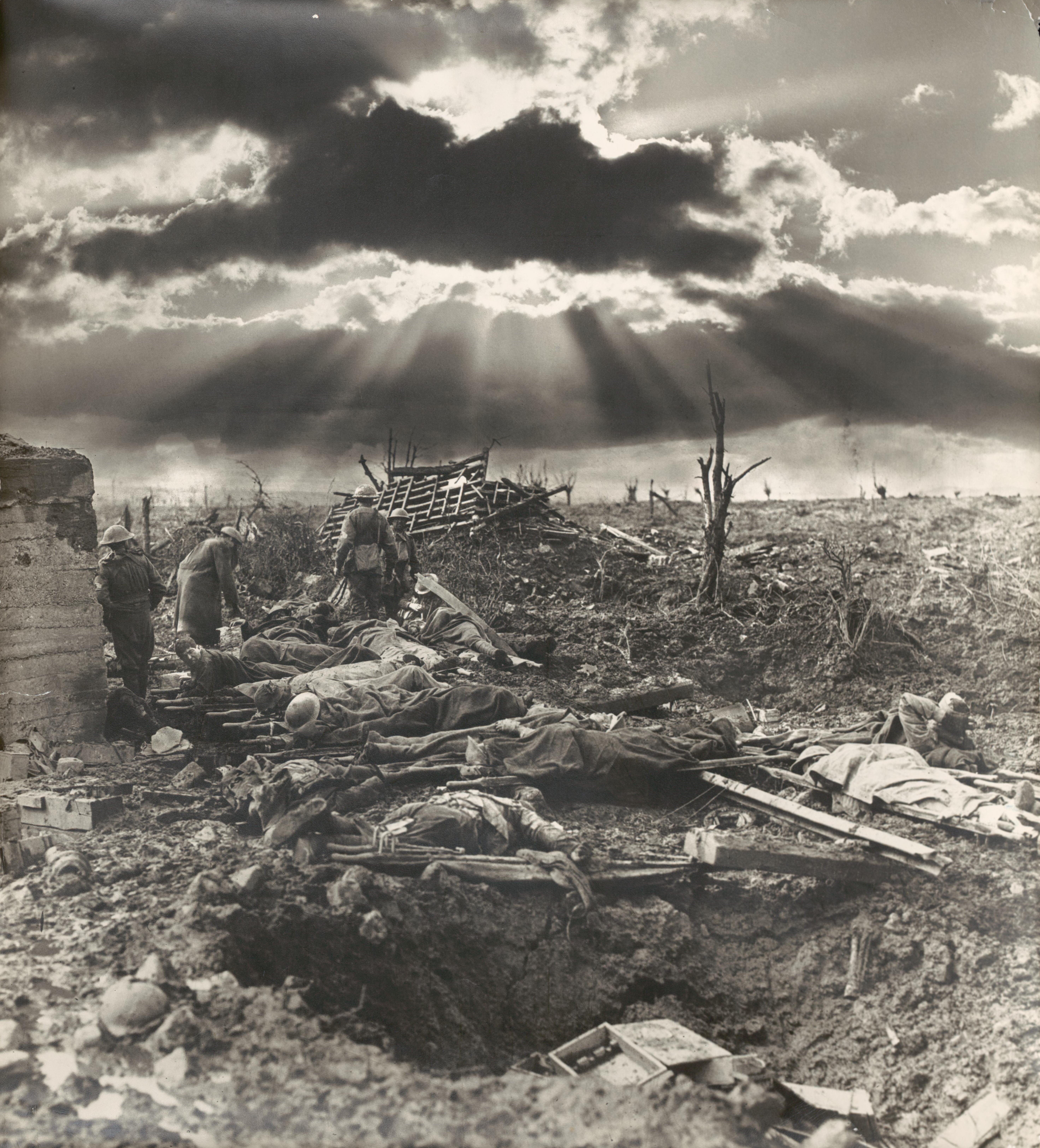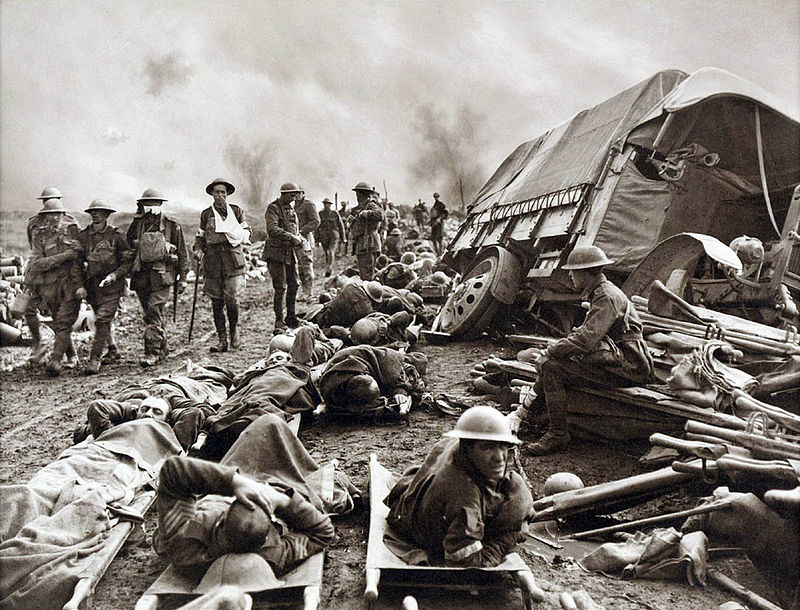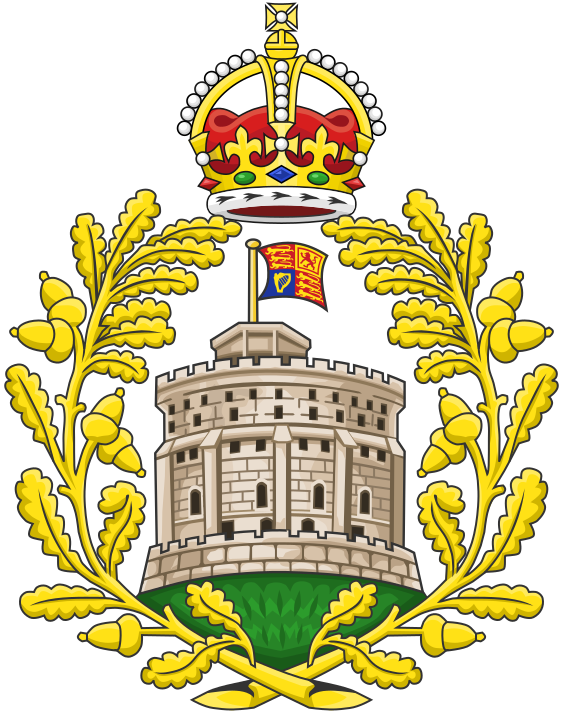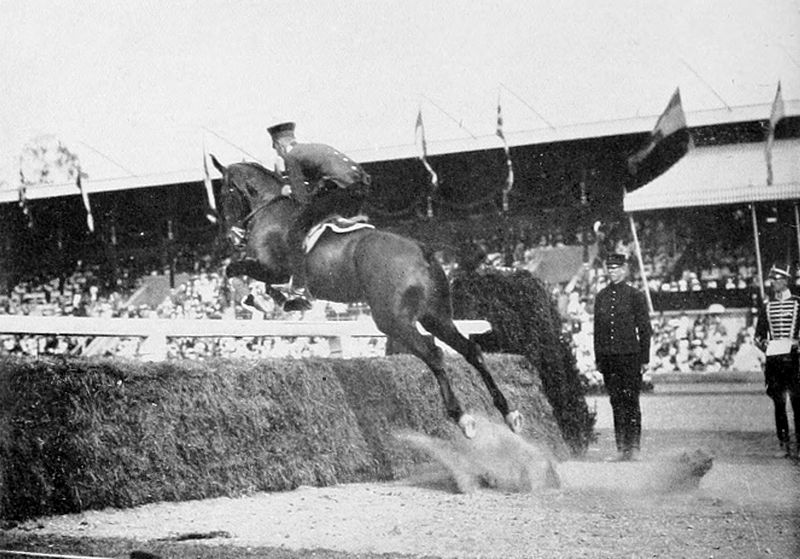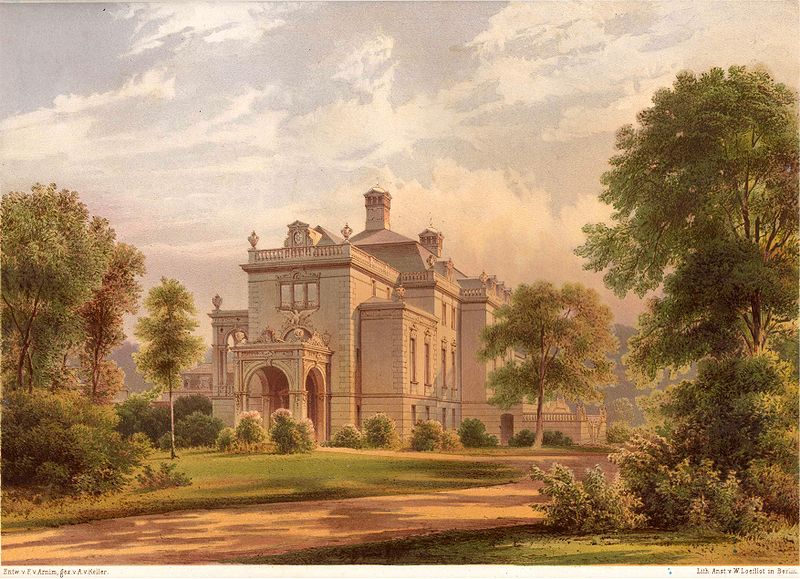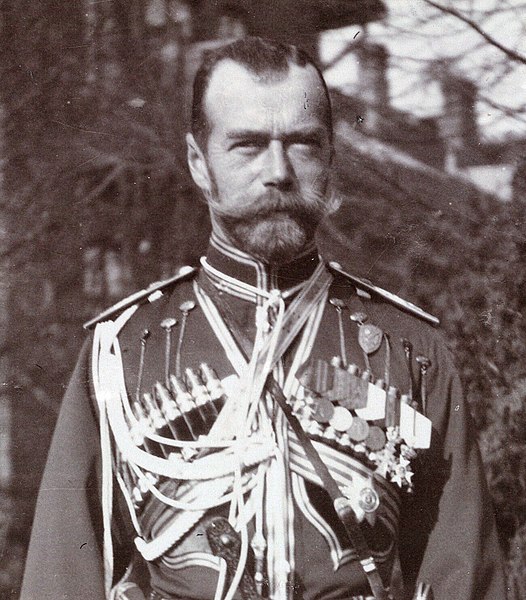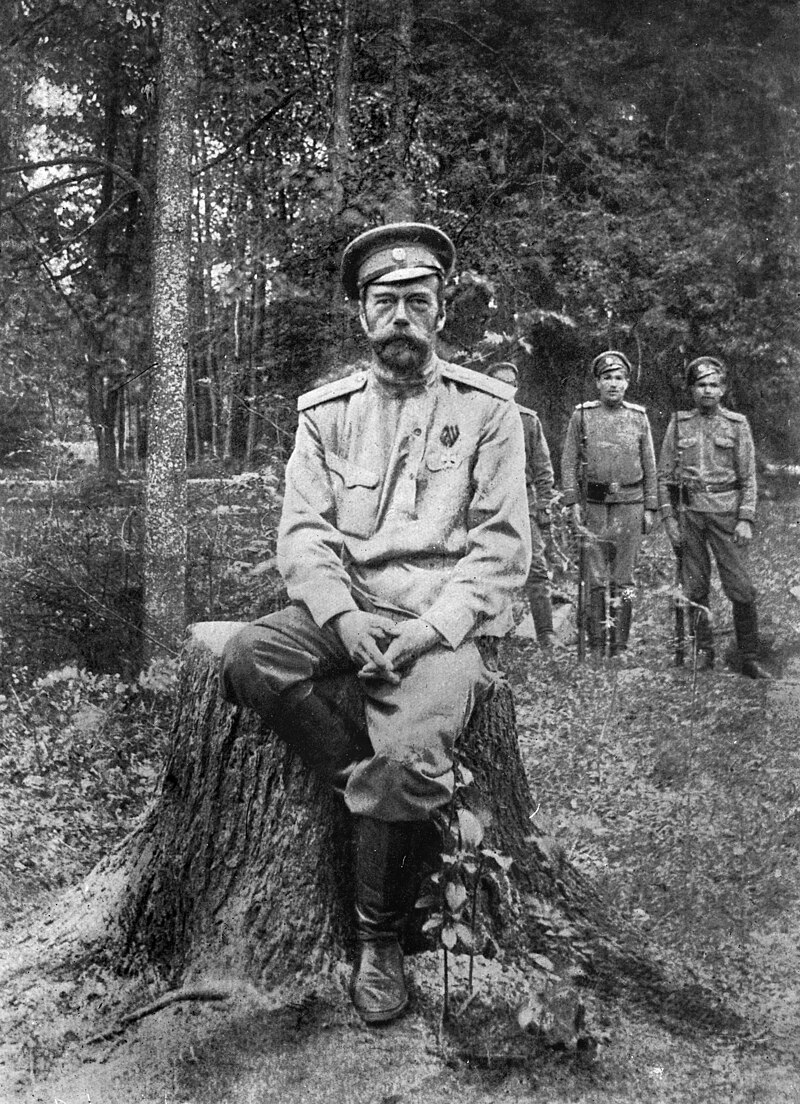by Susan Flantzer
- Captain The Honorable Cecil Edwardes
- Timeline: December 1, 1917 – December 31, 1917
- A Note About German Titles
- December 1917 – Royals/Nobles/Peers/Sons of Peers Who Died In Action
********************
Captain The Honorable Cecil Edwardes
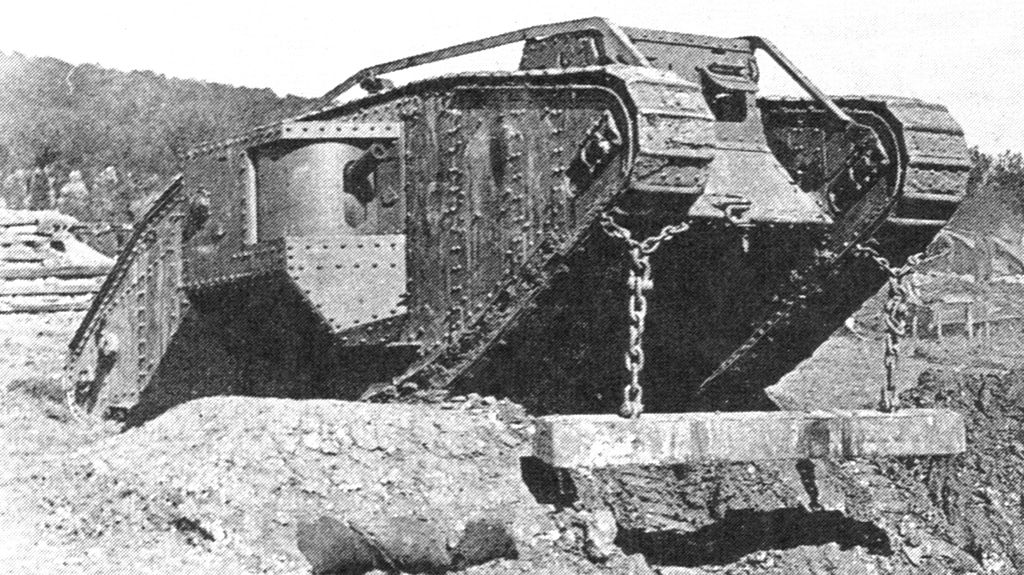
Mark IV Tank; Photo Credit – Wikipedia
Captain The Honorable Cecil Edwardes was born on May 31, 1876, the third of the four sons and the seventh of the nine children of William Edwardes, 4th Baron Kensington and his wife Grace Johnstone-Douglas. Cecil had eight siblings:
- William Edwardes, 5th Baron Kensington (1868 – 1900), unmarried, was killed in action during the Boer War
- Hon. Gwendolen Edwardes (1869 – 1940), married Captain William Stirling-Home-Drummond-Moray, 20th Lord of Abercairny, had five children
- Hon. Sibyl Edwardes (1871 – 1955), married William Edward de Winton, had five children
- Hon. Grace Edwardes (1872 – 1957), married John Lane, had seven children
- Hugh Edwardes, 6th Baron Kensington (1873 – 1938), married Mabel Pilkington, had four children
- Hon. Winifred Edwardes (1875 – 1962), married Captain Walter Koe, no issue
- Major Hon. George Edwardes (1877 – 1930), married Olive Kerr, had four children
- Hon. Isobel Edwardes (1879 – 1934), married Major Frederick Whitfield Barrett, had two children
In 1901, Cecil married Canadian opera singer Marie Louise Lucienne Martin. Born in Montreal, Canada and known professionally as Louise Edvina, she sang at Covent Garden in London, the Montreal Opera Company, the Boston Opera Company, the Chicago Opera Company and the Metropolitan Opera in New York City.
Cecil and Louise had two daughters:
- Marie Edwardes (1902 – ?)
- Lumena Edwardes (1903 – 1944), unmarried
The Edwardes family had a residence at St. Bride’s Hill, Pembrokeshire, Wales and Cecil lived there with his family. Cecil had served with the Royal Navy, but at the beginning of World War I had been commissioned into the Scottish Horse, a regiment of the British Army’s Territorial Army.
In 1916, the Royal Tank Corps was formed and the British first used tanks in September 1916 at the Battle of Flers–Courcelette during the Battle of the Somme. Cecil transferred to the Royal Tank Regiment in 1916 and served with H Battalion.
During the Battle of Cambrai in France (November 20 – December 7, 1917), the Royal Tank Corps saw much action. 476 tanks were used in the battle and 179 were lost, including the tank of Cecil Edwardes. Six tanks from H Battalion took the town Fontaine, four miles from Cambrai, getting into the village 30 minutes before infantry of the Seaforth Highlanders and Argyll and Sutherland Highlanders from the 51st Division followed up and occupied it. However, Cecil was killed when his tank was knocked out during the initial advance.
Captain Joseph Hassell, who served with Cecil, related this story about his death: “Edwardes had a premonition of his death. He told us the day before the action of this – settled up all his affairs. He was immensely popular and eight officers went up the day after his death, got his body out of the tank and carried him back for burial. In the absence of a Padre, I conducted such a burial service as was practicable.”
The exact date of Cecil’s death is unknown and the place of his grave is unknown, so he is remembered on the Cambrai Memorial to the Missing in Louverval, France.

Cambrai Memorial to the Missing; Photo Credit – http://www.cwgc.org/find-a-cemetery/cemetery/79300/CAMBRAI%20MEMORIAL,%20LOUVERVAL
********************
Timeline: December 1, 1917 – December 31, 1917

German soldiers recovering a British Mark IV tank, the type of tank Cecil Edwardes was in when he was killed; Photo Credit – Wikipedia
- November 20 – December 7 – Battle of Cambrai in France
- December 1 – Battle of El Burj, a phase of the Battle of Jerusalem
- December 7 – The United States declares war on Austria-Hungary
- December 16 – Russia signs a preliminary armistice with Germany
- December 20–21 – Battle of Jaffa near the Auja River in Jaffa, a phase of the Battle of Jerusalem
********************
A Note About German Titles
Many German royals and nobles died in World War I. The German Empire consisted of 27 constituent states, most of them ruled by royal families. Scroll down to German Empire here to see what constituent states made up the German Empire. The constituent states retained their own governments, but had limited sovereignty. Some had their own armies, but the military forces of the smaller ones were put under Prussian control. In wartime, armies of all the constituent states would be controlled by the Prussian Army and the combined forces were known as the Imperial German Army. German titles may be used in Royals Who Died In Action below. Refer to Unofficial Royalty: Glossary of German Noble and Royal Titles.
24 British peers were also killed in World War I and they will be included in the list of those who died in action. In addition, more than 100 sons of peers also lost their lives, and those that can be verified will also be included.
********************
December 1917 – Royals/Nobles/Peers/Sons of Peers Who Died In Action
The list is in chronological order and does contain some who would be considered noble instead of royal. The links in the last bullet for each person is that person’s genealogical information from Leo’s Genealogics Website or to The Peerage website. If a person has a Wikipedia page or a website page with biographical information, their name will be linked to that page.
Captain The Honorable Cecil Edwardes
- son of William Edwardes, 4th Baron Kensington and Grace Johnstone-Douglas
- born May 31, 1876
- married 1901 Marie Louise Martin, had two daughters
- Captain in the Tank Corps
- killed in action December 1917, age 41
- no known grave, remembered on the Cambrai Memorial to the Missing, Louverval, France
- http://www.thepeerage.com/p5229.htm#i52290
Private Lord Edward Beauchamp Seymour
- son of Hugh de Grey Seymour, 6th Marquess of Hertford and The Honorable Mary Hood
- born November 22, 1879 in Arrow, Warwickshire, England
- married 1914 Elfrida de Trafford
- Private in Lord Strathcona’s Horse (Royal Canadians)
- died from wounds received in action December 5, 1917, age 38
- buried at Rocquigny-Equancourt Road British Cemetery in Somme, France
- http://www.thepeerage.com/p6264.htm#i62635















